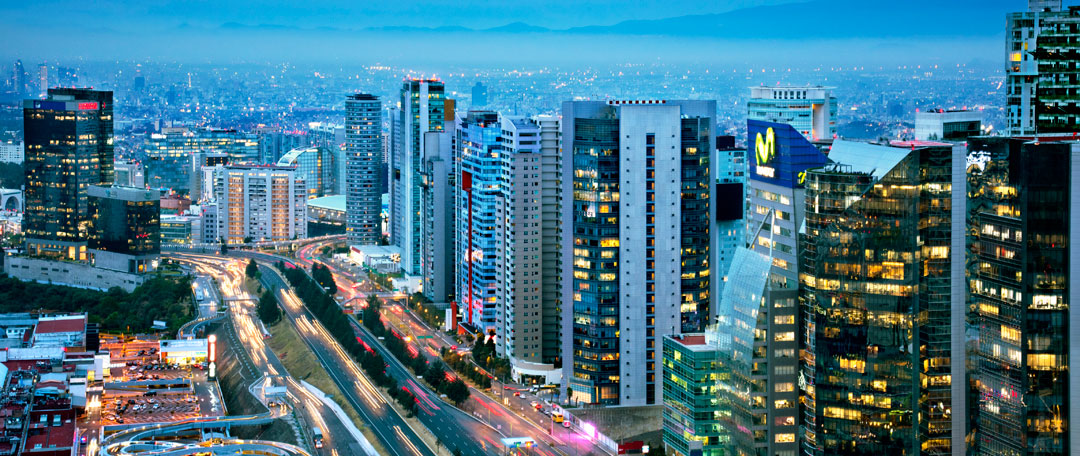In 1992, the UN declared Mexico City to be “the most polluted city on the planet”.
Thousands of people were being hospitalised every year, with around 1,000 premature deaths a year thought to be caused by airborne pollutants.

Due to Mexico City’s high altitude, its oxygen levels are 25% lower, meaning that fuels do not combust completely – leading to higher levels of pollution. In addition, Mexico City has an older vehicle fleet with EURO IV emission control standards or worse. This means that fuel quality is extremely important to improving air quality outcomes for the city’s 20 million residents.

Starting in the 1980s, the Mexican authorities drafted a series of measures aimed at improving air quality.
In 1993, the government mandated the replacement of lead-octane additives with MTBE, and PEMEX, the state-run petroleum company, replaced underground storage tanks at all of its petrol stations. The government also mandated the use of MTBE in Metropolitan Zones, and lowered sulphur, aromatic and olefin content limits in critical urban areas.
Fuel ethers are a vital blending component for reducing the negative impact of petrol on air quality, as they can replace more harmful additives without impacting on performance.

The expansion of the Metrobús has brought environmental benefits, including a reduction of 36,000 tonnes of carbon dioxide, 9,900 tonnes of carbon monoxide, 209 tonnes of NOx and 1.29 tonnes of PM10 particulates.
The government has also issued requirements that petrol be reformulated with cleaner blends for use in cars.
Alongside a doubling of the vehicle fleet in Mexico City from 1992 to 2012, and the slow implementation of low-sulphur standards, the use of fuel ethers contributed greatly to an 86% decrease in CO, a 53% decrease in ozone, and a 32% decrease in particulate matter in that 20-year span.

With air pollution a major issue for decades, the change in air quality is now visible, and Mexico City, from its position as the most polluted world city in the 1980s, now isn’t even in the World Health Organisation’s top 500 most polluted cities by particulate-matter concentration.
